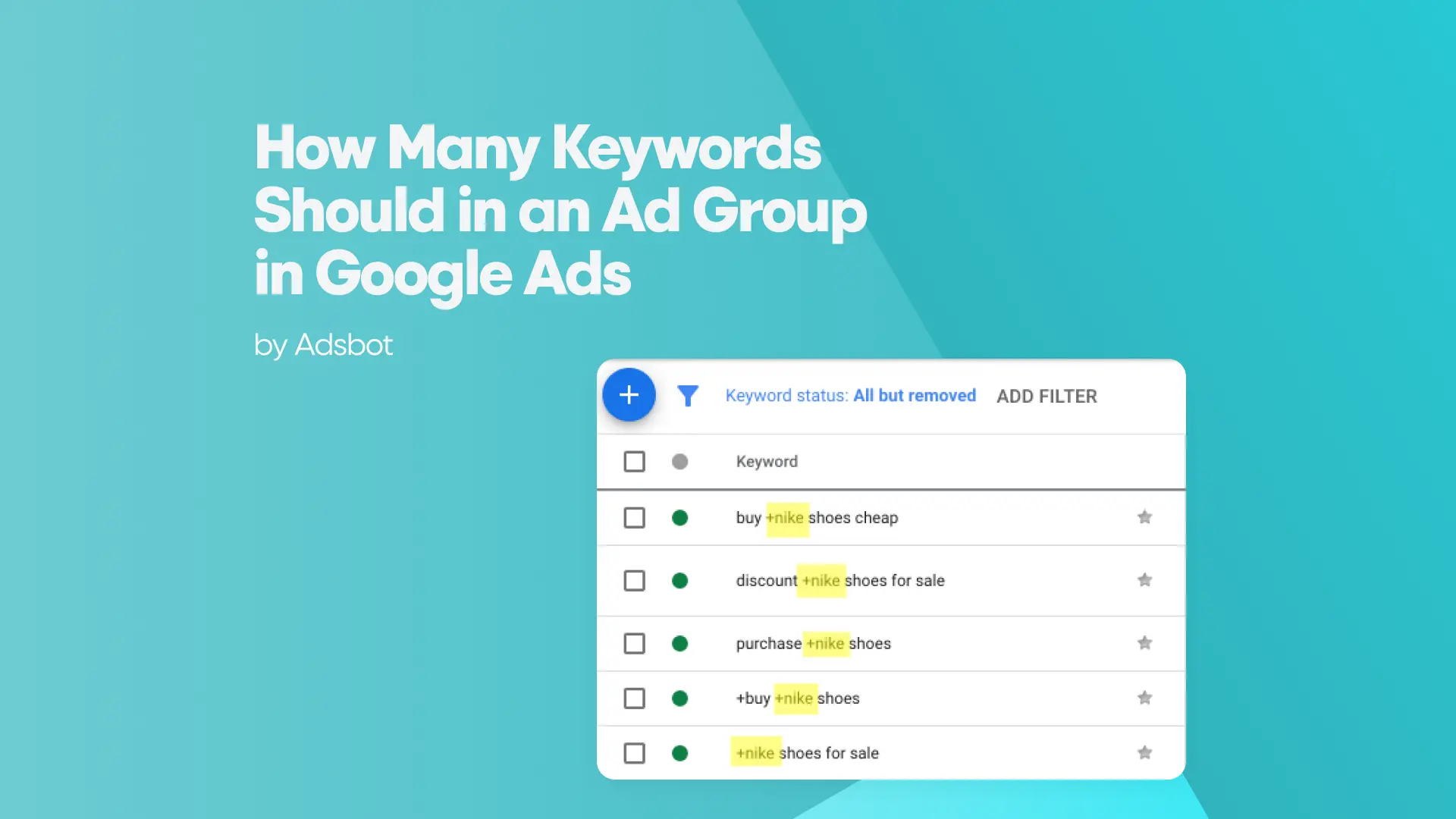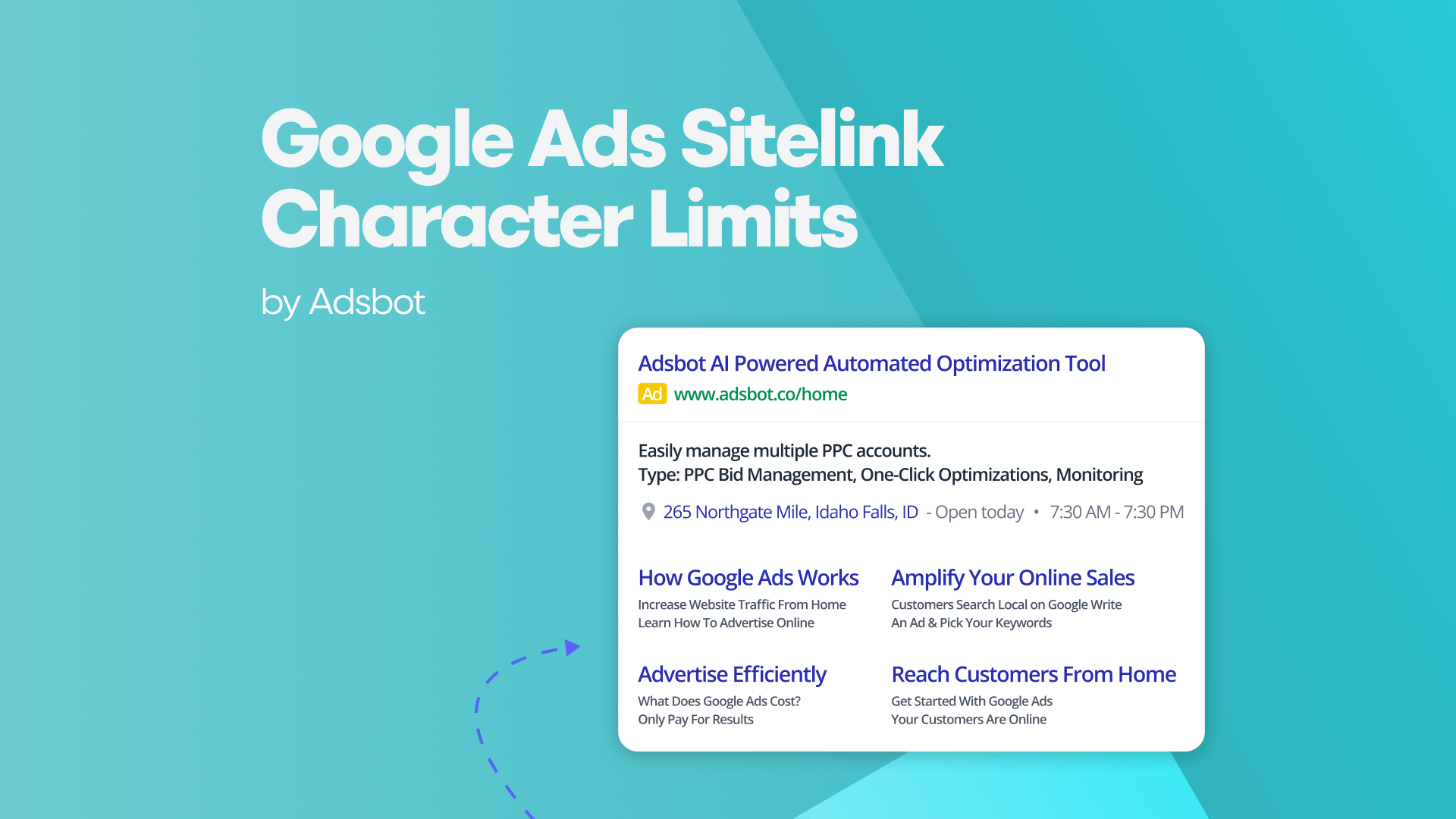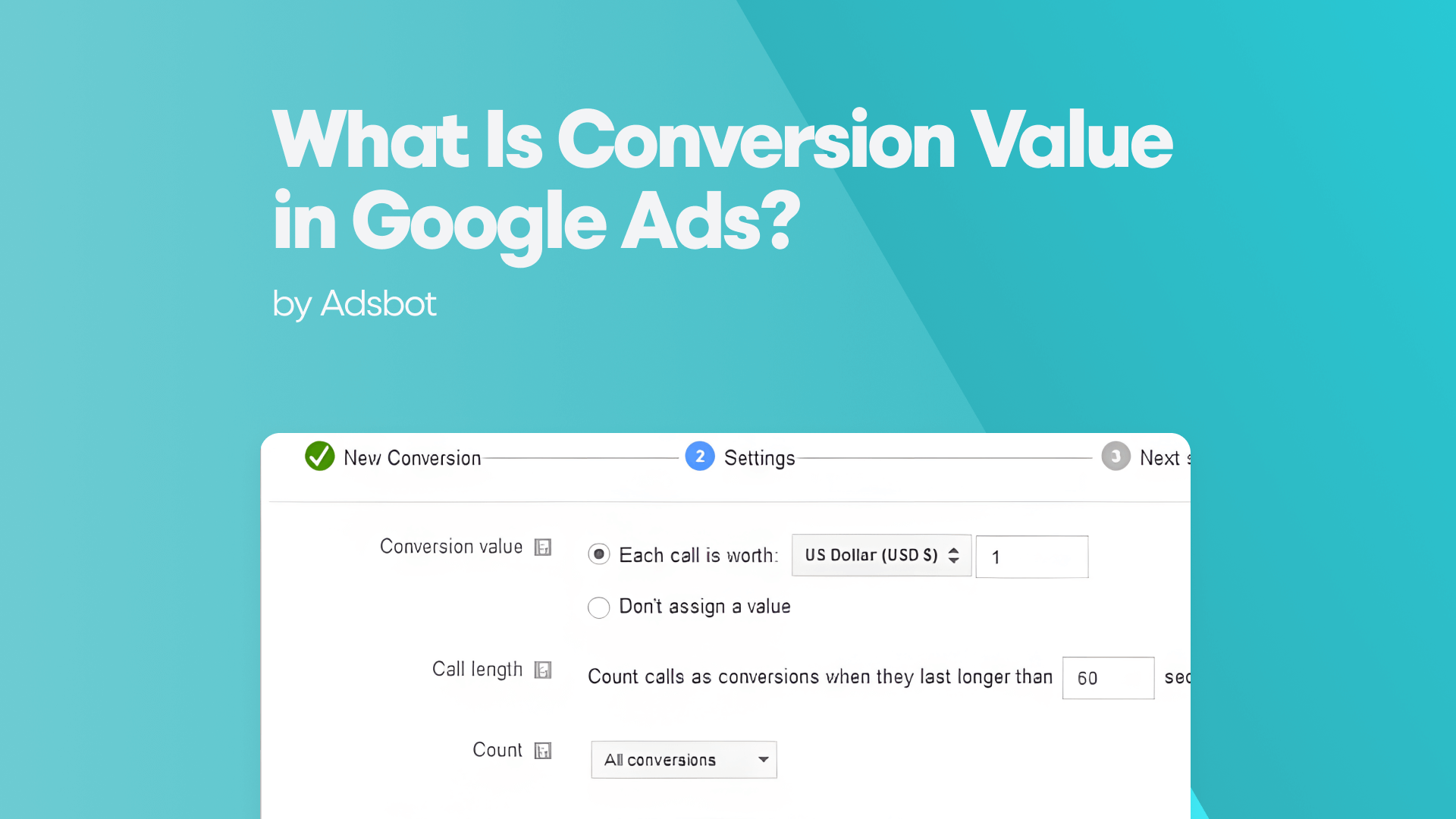Running a marketing campaign without adjusting for performance is like sailing a ship without checking the compass; you might move forward, but you’ll likely drift off course. Whether you’re managing paid ads, email marketing, social media, or SEO campaigns, the ability to analyze performance data and make strategic adjustments separates high-performing marketers from those who waste budgets on underwhelming results. The challenge isn’t just collecting data; it’s interpreting it correctly, identifying patterns, and implementing changes that drive measurable improvements. This guide dives deep into the art and science of adjusting campaigns based on performance, offering actionable strategies to refine your approach, boost ROI, and turn lackluster campaigns into powerhouses. By the end, you’ll not only understand how to optimize but why certain adjustments work, and how to apply them to your own campaigns.
Understanding Key Performance Indicators for Campaign Adjustment
Before you can adjust a campaign, you need a clear understanding of what “performance” actually means in your context. Key Performance Indicators (KPIs) serve as the North Star for optimization, but their relevance varies by campaign type, industry, and business goals. For a paid search campaign, metrics like Click-Through Rate (CTR), Cost Per Click (CPC), and Conversion Rate might take precedence, while an email campaign could prioritize Open Rate, Click-to-Open Rate (CTOR), and Unsubscribe Rate. The mistake many marketers make is focusing on vanity metrics, such as impressions or social media likes, that don’t directly correlate with revenue or engagement. Instead, align your KPIs with overarching objectives: Are you driving sales, generating leads, or building brand awareness? For example, an e-commerce brand might prioritize Return on Ad Spend (ROAS) and Average Order Value (AOV), whereas a SaaS company could zero in on Customer Acquisition Cost (CAC) and Lifetime Value (LTV).
Equally critical is establishing benchmarks for these KPIs. Without historical data or industry standards, it’s impossible to gauge whether a 2% conversion rate is stellar or subpar. Tools like Adsbot provide automated reporting and dashboards that track all your KPIs in one place, comparing them against historical data to highlight trends and progress toward your targets. This context is crucial. A B2B campaign with a long sales cycle will naturally have lower conversion rates than a B2C flash sale. Finally, KPIs should evolve with your campaign. Early-stage metrics might focus on reach and engagement, while later stages shift to conversions and retention. By defining the right KPIs upfront and continuously refining them, you create a feedback loop that informs every adjustment, ensuring your campaign stays agile and results-driven.
How Real-Time Performance Tracking Enhances Campaign Adjustments
Unlike traditional post-campaign analysis, which offers retrospective insights, real-time data empowers you to act proactively. This could mean reallocating budget to high-performing ads, pausing underperforming creatives, or adjusting bidding strategies during peak hours. This is where a tool like Adsbot becomes indispensable. Its tracking features aggregate performance metrics from various sources (Google Ads, Meta Ads, GA4, etc.) into a unified view. Key factors that are enhanced by this capability include:
- Automated Alerts: Adsbot continuously monitors your accounts 24/7 and sends notifications when metrics deviate from expected ranges, prompting immediate investigation into issues like broken URLs or sudden performance drops.
- A/B Testing in Flight: You can run live tests for ad copy or landing pages, with real-time results from the dashboard feeding directly into your optimization decisions.
- Audience Behavior Insights: By combining ad data with analytics, you can see how users interact with your campaign in the moment, highlighting friction points.
- Dynamic Budget Allocation: While some platforms use AI to shift budgets, the insights from a unified dashboard allow for smarter manual oversight, ensuring alignment with broader goals.
The caveat? Real-time tracking requires robust infrastructure. Without proper setup, you risk acting on incomplete or misleading data. Platforms like Adsbot provide this infrastructure, ensuring accurate tracking and helping you pair real-time insights with periodic deep dives. The goal isn’t just to react faster but to react smarter, using data to make adjustments that compound over time.
Analyzing Campaign Data to Identify Optimization Opportunities
The first step is segmentation: breaking down performance by dimensions like device type, geographic location, time of day, or audience demographics. A campaign might appear average overall, but segmentation could reveal that mobile users convert at half the rate of desktop users. Tools that help visualize these patterns make it easier to spot anomalies. This is where Adsbot’s AI-driven analysis provides a significant advantage. It moves beyond just presenting data by automatically generating “Quick Insights” that flag critical issues and opportunities. Its AI sifts through your campaign data to:
- Identify Behavioral Trends: The system can analyze cohorts of users over time. Are customers acquired through Instagram ads more likely to churn than those from email campaigns? Adsbot helps surface these trends.
- Simplify Attribution: By combining data from multiple touchpoints, it helps you understand the full customer journey, preventing the misallocation of budget to channels that are merely the last step.
- Provide Predictive and Prescriptive Analytics: Adsbot’s AI leverages historical data to forecast future performance and provide actionable recommendations. It can identify underperforming keywords that are draining your budget or campaigns with a high potential for ROI if their budget is increased.
The key is to move beyond descriptive analytics (“what happened?”) to diagnostic (“why did it happen?”) and prescriptive (“what should we do?”). With Adsbot, this process is automated, giving you clear, data-backed suggestions to optimize your campaigns without getting lost in guesswork.
Integrating Multi-Channel Data for Holistic Campaign Optimization
Silos are the enemy of optimization; integrating data across channels provides a unified view of the customer journey, revealing how interactions on one platform influence behavior on another. A user might discover your brand via a TikTok ad, research on Google, and convert through an email. Without cross-channel tracking, each touchpoint appears isolated. Tools like Adsbot excel here by offering a real-time multi-channel dashboard that unifies data from Google Ads, Google Analytics 4, Meta Ads, TikTok Ads, and more. This holistic approach answers critical questions: Which channels assist conversions? How does offline activity correlate with digital campaigns? Other key factors enabled by this integrated view include:
- Cross-Channel Attribution: The unified data allows for more sophisticated attribution models that assign credit based on actual user paths.
- Omnichannel Personalization: It enables consistent messaging, like showing a desktop retargeting ad for a product a user abandoned in their mobile cart.
- Unified Reporting: Adsbot’s dashboard combines paid, organic, and owned media performance, eliminating the need to toggle between platforms and reducing errors.
- Customer Lifetime Value (CLV) Tracking: Linking ad spend to long-term revenue helps justify higher acquisition costs for valuable segments.
The challenge lies in data hygiene. Discrepancies in naming conventions or UTM parameters can fragment your data. A platform that centralizes this data helps enforce consistency. The payoff is a 360-degree view of performance that uncovers hidden opportunities, like repurposing top-performing organic content into paid ads or retargeting engaged social media followers with personalized emails.
Common Challenges in Adjusting Campaigns Based on Performance
Even with robust data and clear KPIs, adjusting campaigns isn’t without pitfalls. One of the most pervasive challenges is analysis paralysis, the tendency to over-scrutinize data without taking action. To combat this, set decision thresholds upfront. Another hurdle is attribution confusion, where conflicting models lead to misaligned optimizations.
Data silos also hinder adjustments. When paid media, SEO, and email teams operate in isolation, they miss cross-channel insights. A platform like Adsbot breaks down these silos by providing a shared source of truth. Similarly, organizational resistance can stall optimizations. Stakeholders may cling to “what’s always worked.” Overcoming this requires presenting data visually and tying adjustments directly to revenue impact.
Finally, external factors often disrupt performance, making it hard to isolate the impact of your adjustments. Algorithm updates, seasonal trends, or economic shifts can skew results. To mitigate this, control for variables by running holdout tests. The goal isn’t to eliminate challenges but to build a framework that accounts for them, ensuring your optimizations are data-driven, not reactionary.
Popular Posts
-
How Many Keywords Should Be In an Ad Group in Google Ads?
Ever wondered if your Google Ads campaigns are packed with…
Read more -
Google Ads Script for Dummies: An Introduction
Imagine you have an e-commerce website that sells licensed superhero…
Read more -
Google Ads Sitelink Character Limits
Your Google Ads are cutting off in the middle of…
Read more -
What Is Conversion Value in Google Ads?
What if you could put a price tag on every…
Read more
Register for our Free 14-day Trial now!
No credit card required, cancel anytime.





